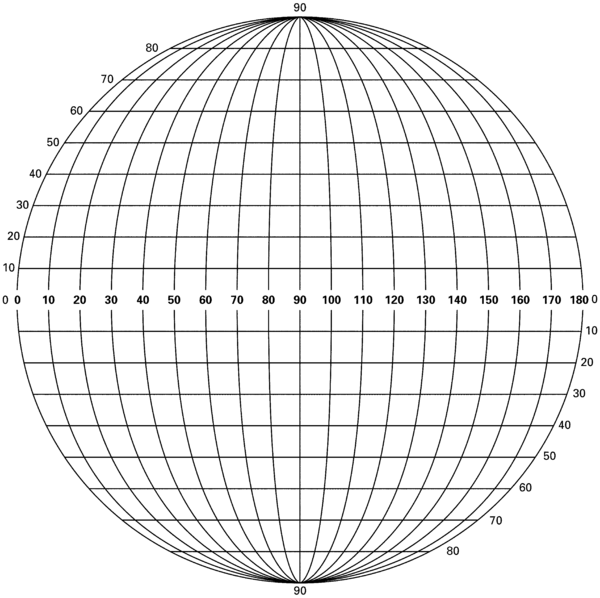| << Chapter < Page | Chapter >> Page > |
Eastern Hemisphere

Western Hemisphere

Use a globe or a map in your atlas and make sure you understand what each of these facts means.
In this way, each line of longitude has an antipode and if the numbers of the two lines’ grades are added together, the answer is always 180°.
But now we have a problem: If we move eastward from the 0° line of longitude and westward from the 0° line of longitude, we reach the 180° line of longitude from both sides. Now our times are going to differ a lot!
It follows the 180° line of longitude, but never cuts across land.
The date east of the IDL is one day earlier;west of the IDL is one day later.
From east to west, you lose a day if you move across the IDL.From west to east, you win a day if you cross the IDL.
The earth revolves from west to east around its own imaginary axis. So the sun rises earlier in places that are nearer to the east.
The sun rises in Durban (31°E) approximately 50 minutes earlier than in Cape Town (18½° E). In South Africa such a difference isn’t a problem, because we use only one time zone (30° E). In a country like the USA, however, it becomes a problem. The sun rises in New York (74°W) approximately three hours earlier than in San Francisco (122½°W). So in the USA you need to have different time zones.
| Learning Outcomes(LOs) |
| LO 1 |
| GEOGRAPHICAL ENQUIRYThe learner will be able to use enquiry skills to investigate geographical and environmental concepts and processes. |
| Assessment standards(AS’s) |
| We know this when the learner: |
|

Notification Switch
Would you like to follow the 'Geography grade 6' conversation and receive update notifications?